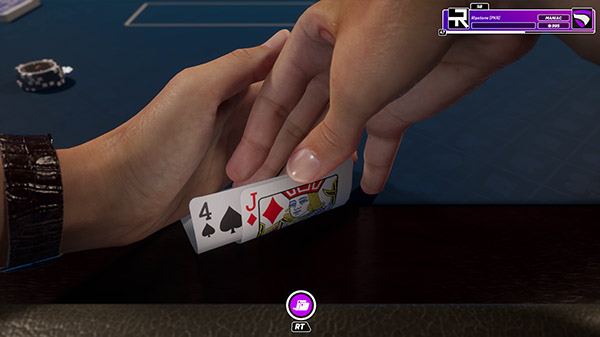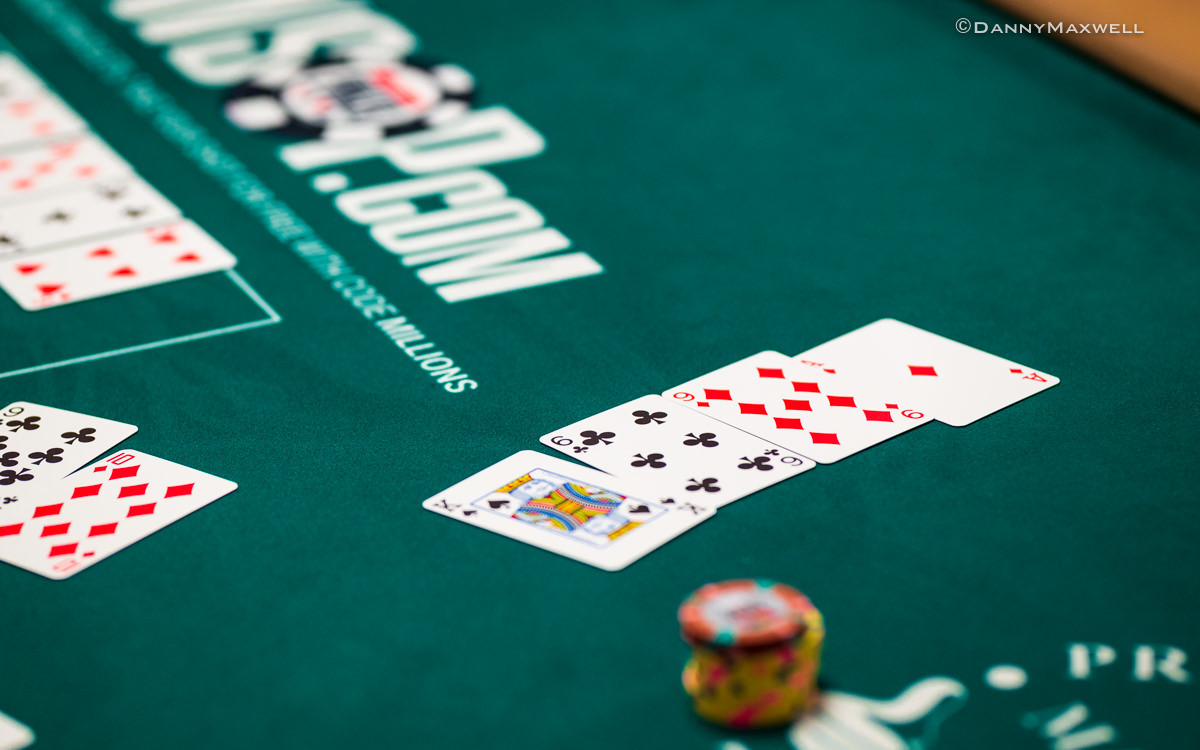Poker Beginners Tutorial
Tips to play poker for beginners As they say Poker is not simply a game of odds, moves and calculations, it’s a game of controlled and exploited emotions. As an amateur, a Poker player should be well versed with the rules of the games and the card rankings. I would also recommend getting use to the terminologies and vocabulary too. How to Play a Poker Game. Before we get started some basic rules for how to play poker you should first get familiar with the basic poker hand rankings. Maybe 90% of all beginner mistakes happen when someone thinks they have the winning poker hand and they don’t.
5 Learn Your Way Around The Screen
OK, so you've set up an account, you've chosen an alias, and you've picked a friendly $0.05/$0.10 cash game to sit down at. Now you need to get your bearings at the table.
- Beginner Poker Lessons with Daniel Negreanu - 1/3.
- Basic Training: Beginner’s Guide to Texas Hold’em is a thought-provoking poker book and presents two ways to think about the game of poker. Tyler, unlike many authors, provides his unique take on the basics of Texas hold’em, but is also smart enough to advise the readers to consider both sides of poker - the “technical” side as well.
There can be so much going on at an online game you can sometimes lose your way when all you want to do is play.
Most sites have different software to one another but essentially the layout is the same: a chatbox in the bottom corner to follow the action and talk to other players, links to the Cashier and Hand History at the top, and a betting adjuster in the bottom-right corner.
Have a play with where everything is before you've even started a hand (you can always select the 'Sit Out' option to remove yourself from the game temporarily) and make sure you're familiar with all the jargon.

The Hand History tab can be helpful if you want to review past hands or see a hand an opponent mucked at showdown. If you hover the cursor over your opponents' screen names you will also find information on where the player is from and their stack size.
'Thecommonest mistake in history is underestimating your opponent;
it happens at the pokertable all the time.'
- David Shoup, U.S. Marine CorpsGeneral
You bought cards and chips (or betting tokens of some kind),learned the suits, the language, the rules, hand rankings, strategyand how to shuffle (hopefully), so now it's time to play. There areso many poker variants to choose from, but beginners should startout slow with the simplest (and oldest) game of poker. We're goingto apply everything you've been introduced to so far, and once youlearn the easiest poker game, you'll be prepared to move on to morechallenging variations.
5 Card Draw is the original game of poker, andthe easiest to play. With Draw poker, players are dealt a completehand that only they can see and have the option to improve it byreplacing cards. Players ante up, five cards are dealt face downone at a time, there are two rounds of betting and a showdown. It'selegantly simple.
So, here's our learning scenario. To make it easy, we'll beplaying with 3 other players. Every poker game has its own 'house'rules and pot limits - card rooms, home games and casinos all setlimits. Here are ours: Antes are $1 and we'll limit betting at$2-$10, with a maximum of 3 raises. We are Player A and thedealer.
All players put $1 in the pot as an ante bet.Pot total: $4
Player A/Dealer deals one card at a time, face down,starting on the dealer's left and moves clockwise to Player B, C, Dand A until all players have 5 cards.
Betting starts with the player to the dealer's left,Player B. They have the option to check or make a wager.If they decide to check (not to bet), each player after (C, D, A)has the option to check as well, as long as no bets come beforethem. If Player B decides to bet, players C, D and A must match (orraise) that bet, or fold their cards. So let's say Player B checks.In our scenario, all players stay in the hand to 'draw' for bettercards later after the first round of betting to, hopefully, make ahand that pays them off when the game ends.

Player B: checks
Player C: bets $2
Player D: calls (matches) $2 bet fromPlayer C
Player A (us): calls $2 bet fromPlayer C
Poker Beginners Tutorial Software

Player B: calls $2 bet from PlayerC
Pot total: now $12
When the last player acts - checks, calls a bet, calls araise, calls a raise and re-raise, or folds - the betting round isfinished.
Starting with the player on the left (B), PlayerA/Dealer moves around the table clockwise asking players how manynew cards they would like to 'draw' (exchange).
A common house rule and in many social games, a player with anAce can receive 4 new cards if they keep the Ace. Generally, noplayer can replace all 5 cards (which avoids depleting the deck)and most casinos don't allow a draw of five consecutive cards.However, if a casino does allow it, the procedure calls for thatplayer to receive 4 cards when it is their turn, the rest of theplayers receive their draws and the dealer returns to that playerto deal their fifth replacement card. If no other players drawcards after the player who wants 5, 4 are dealt, one card is burned(burn cards are set aside face down away from players) and then thefinal card is dealt.
Another common house rule is that the last card in the deck isnever used as a replacement (in case a player saw it during thedeal). If the deck is depleted during the draw, players willrandomly receive cards from the other players' discarded cards. Thedealer deals the last of the cards he is able to give, shuffles upthe deck's bottom card, burn card(s) and other players' cards(minus the discards from the player(s) still drawing), and dealsthe remaining replacement cards to the last player(s).
Once all players have had a chance to draw new cards andanalyze their hands, Player B starts the new round ofbetting. Again, Player B can check or bet. Remember, ifthey check, Player C has the option to check as well. If Player Bbets, Player C can call, raise or fold. If Player C raises, PlayerD can call, re-raise or fold.
Player B: bets $2
Poker Beginners Tutorial For Beginners
Player C: folds
Player D: calls $2, raises $2
Player A (us): calls $4
Player B: calls $2 raise
Pot total: now $24
Players reveal their hands face up on thetable. The highest ranked hand wins and takes the $24pot.
Easy, right?